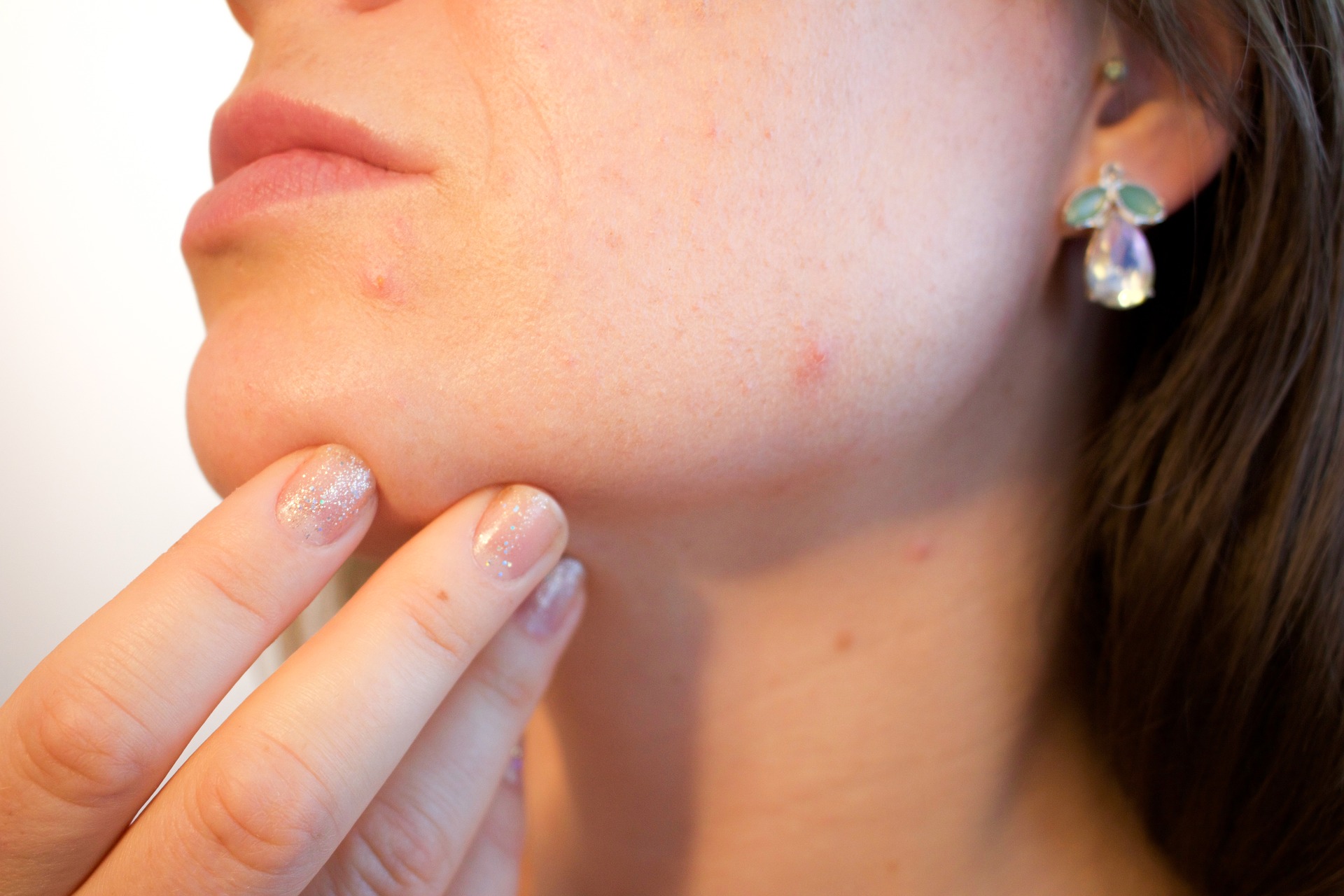(As taken from >>>/g/19381991)
General information
The Dell UltraSharp U2410 uses a native 8 bit H-IPS panel (which is much, much better than the 6 bit panels in use everywhere else) and has very good AFRC for 10 bit simulation, so you can display 1.07 billion colors with no noticeable flickering at all. It’s like a native 10-bit panel.
Along with that, it has 12-bit hardware LUTs internally, but you can’t officially reprogram them (I’ve heard you can hack it, but that breaks warranty).
Color fidelity
The colors are absolutely perfect, I have mine calibrated down to 0.2 dE average deviation (maximum error 0.5), which is considered so good that you can’t tell the difference using just your eyes. It literally blows $2000 LaCies and NECs out of the water for its price.
Color space
My U2410’s color space was measured at approximately 110% NTSC, which allows you to display a huge variety of gamuts with ridiculous ease, including Adobe RGB or ProPhoto RGB. It comes with a built-in sRGB and aRGB emulation mode factory calibrated down to dE 3.
Gamma response
Gamma response, when calibrated, was absolutely perfect – with an ideal 2.15-2.35 (depending on Luminosity, as per the sRGB definition) gamma factor for all color levels.
White point
The white point was natively adjustable via the R/G/B gain and offset sliders to match D65’s 6504K with an error margin of 0.3 dE, and I could get it to match 9300K and 5500K without any problems whatsoever.
Criticisms
- It’s in “Standard” mode instead of “sRGB” mode by default, which for 99.99% of users, is fucking retarded and will make all of the colors look like ass.
- The default brightness of “50” is way, way, way too fucking bright. I have mine turned down to 9/100, which gives me a luminosity of about 120.7 cd/m². (120 cd/m² is the standard for sRGB)
- LUTs, though they’re incredible (12 bit precision LUTs can’t be found anywhere else at that price range and won’t be surpassed until you meet the 14 bit LUTs of the $2000+ monitors) are not easily reprogrammable, so that limits what you can do using a nice colorimeter somewhat. You can still take advantage of the hardware LUTs on your graphics card, but you’ll suffer a tiny loss in dynamic range, especially if you’re not using DeepColor / 10 bit graphics mode.
- Static contrast ratio is a bit lower than advertised and the blacks are relatively bright (as is normal for LCDs), so if you want darker blacks then you’ll have to get a CRT or laser projector.
- Native white point was very reddish, at about 5500K – by contrast, sRGB is 6504K and most consumer monitors are somewhere at 9300K. (For HD material, Blu-ray discs as well as the web, 6504K is standardized)
- Integrated USB hub does not provide enough power for some devices (even though the U2410 has a power plug of its own and could easily provide it).
Conclusion
It is absolutely as good as Dell claims and worth every cent. (Note: Some say that the U2711 is a better investment since it’s not much more expensive).
It’s also worth the premium over the cheaper UltraSharps (2311H, 2412W), since those are all 6 bit, e-IPS panels with 72% NTSC color space – not much better than a TN (except for viewing angles).
It’s overall a superbly brilliant display that I’d wholeheartedly recommend getting if you need a flexible monitor for all your graphics design and photography needs but don’t want to spend >$1000 on an overpriced LaCie or NEC.
<2>Important update
For those of you sensitive to input latency (as I am), there’s a trick to reduce it:
- Go to the Preset Modes menu and activate “Game” mode
- Re-open the same menu and hover over but do not confirm the sRGB preset
- Wait for the menu to disappear – the mode sticks
You’ll have to re-do this every time your monitor goes into standby or you turn it off.










